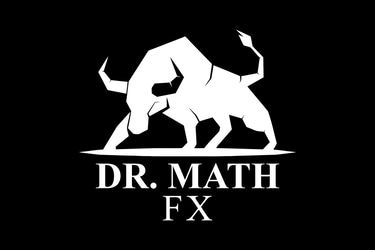Order Types in Forex Trading
In forex trading, you don’t just click “buy” or “sell” blindly—you choose how you want your order to be executed. These are called order types. Each type helps you control your entry, exit, and risk management.
1. Market Order
Definition: An order to buy or sell a currency pair instantly at the current market price.
Example: EUR/USD is trading at 1.1000. If you click Buy, you’ll be filled at the best available Ask price.
Use Case: For traders who want to enter or exit the market immediately.
2. Limit Orders
A limit order lets you buy or sell at a better price than the current market.
Buy Limit: Placed below the current market price.
Example: EUR/USD is at 1.1000. You place a Buy Limit at 1.0950 expecting price to dip before rising.
Sell Limit: Placed above the current market price.
Example: EUR/USD is at 1.1000. You place a Sell Limit at 1.1050 expecting price to rise before falling.
Great for traders who use support and resistance or pullback strategies.
3. Stop Orders
A stop order activates only when price reaches a certain level.
Buy Stop: Placed above the current market price.
Example: EUR/USD is at 1.1000. You place a Buy Stop at 1.1050 expecting momentum to continue higher.
Sell Stop: Placed below the current market price.
Example: EUR/USD is at 1.1000. You place a Sell Stop at 1.0950 expecting momentum to continue lower.
Useful for breakout strategies.
4. Stop-Loss Order (SL)
Definition: An order to close your trade at a pre-set loss level to protect your capital.
Example: You buy EUR/USD at 1.1000 and set a Stop-Loss at 1.0950. If price drops, the trade closes automatically.
Purpose: Risk management—protects your account from big losses.
5. Take-Profit Order (TP)
Definition: An order to close your trade at a pre-set profit level.
Example: You buy EUR/USD at 1.1000 and set a Take-Profit at 1.1100. When price reaches 1.1100, your trade closes with profit.
Purpose: Locks in profits without needing to watch the screen.
6. Trailing Stop
Definition: A dynamic stop-loss that moves with the price.
Example: If you set a trailing stop of 50 pips, and price moves in your favor, the stop-loss will also move up/down automatically, locking in profit.
Purpose: Maximizes profits while still protecting your downside.
📌 Quick Recap:
Market Order → Instant execution.
Limit Order → Buy low, sell high.
Stop Order → Enter on breakouts.
Stop-Loss → Limit your risk.
Take-Profit → Secure profits.
Trailing Stop → Ride trends safely.
Dr.MathFx
Elevate your trading with expert guidance today.
Copyright © 2025 DR.MATH FX. All rights reserved.
